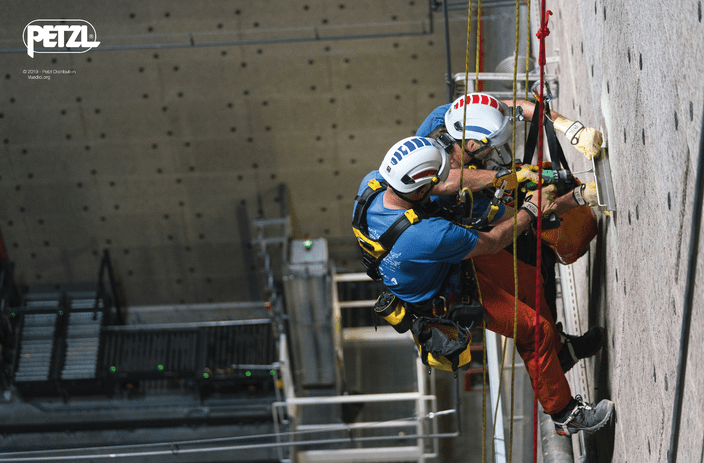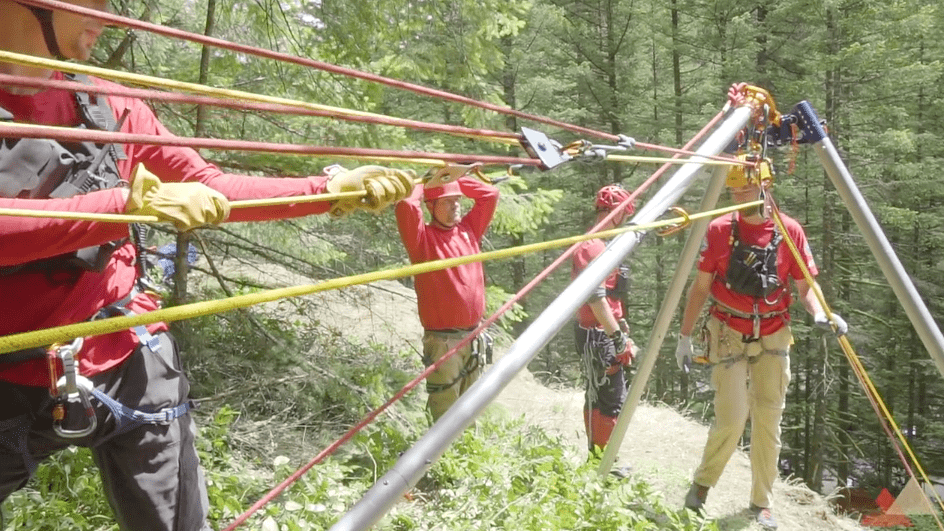Proper Carabiner Loading
Understanding Proper Carabiner Loading and Risks A carabiner is a fundamental piece of equipment in vertical activities, designed to perform optimally when loaded on the major axis with the gate securely closed and the sleeve locked. Deviating from this intended use can significantly reduce strength and compromise safety. Here’s what you need to know about […]
Proper Carabiner Loading Read More »











